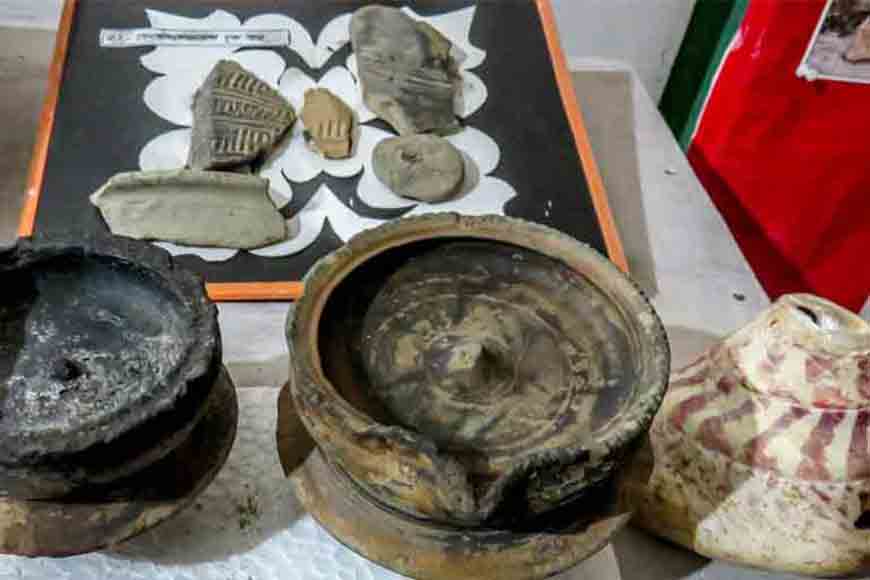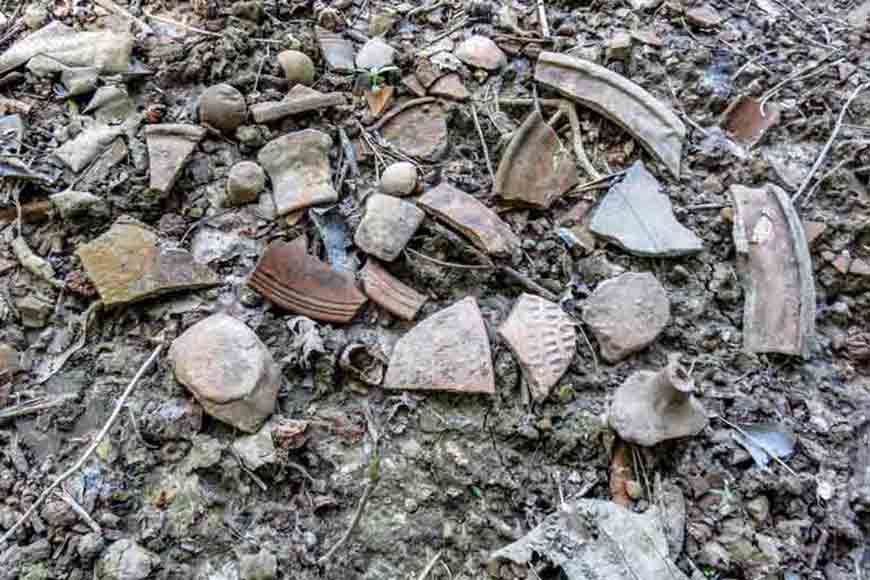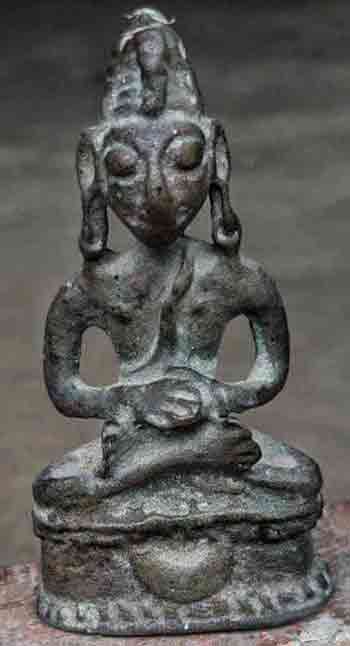Why are archaeological wonders of Debagram neglected

Nadia’s Debagram or Debal Gram stands as a mute witness to a bygone era and its archaeological treasure trove has not just been neglected for years, but has never been highlighted in the annals of history. But why this neglect? It is just at a stone’s throw from Chakdah or Ranaghat, and hence easily accessible. The area is steeped in history and even today while farming in their fields, farmers often dig out various priceless artefacts belonging to the Pala, Sena or Sultanate periods. Even the ponds and water bodies of this region often throw up surprises, at times a pot, a coin and many precious artefacts that should have by now found place in some museum.

The first mention of Debagram is found in 1818 newspaper article of Samachar Darpan. This newspaper article mentions that almost 200 years ago, there stood a palace in the village that had fabulous artefacts and statues of burnt bricks within it.The building is in the form of a fort with a 15-20 ft wall all around and a 30-40 ft deep moat. So undoubtedly, this structure was a fortress of the kings of Debagram. Just one brick pillar still stands amidst the ruins today. Many villagers relate tales of their forefathers, who went up this fortress and how they could seethe whole area, till five miles, from its top.
Also Read
WHY DO BENGAL’S TAASH HAVE DUTCH NAMES?
The next mention of Debagram is in the List of Ancient Monuments in Bengal that says: “Outside the fort are the ruins of several large temples which appear to be of great interest and of some antiquity, as evidenced by the size of bricks. They are the only undoubtedly pre-Muhammadan ruins seen in the district.” Several sandstone blocks of archaeological importance have been taken home by villagers.

Gangnapur under the Forest Department is still preserved partly, with several archaeological wonders embedded in it. Signs of four different dynasties in this area are visible including the British influence. The lowest level of excavation would indeed throw up artefacts from the Pala dynasty, almost 800-1000 years old. Due to complete neglect of ASI and other authorities, the locals are trying their best to preserve the artefacts, though they have no place to store them. Hence, they decided to make a museum of whatever they have collected. The enthusiasm among the locals is so much that retired employee of postal department, Chitta Biswas has donated his own house to build up the museum, even owner of a local nursery, Ashesh Haldar donated all furniture to store these artefacts. Locals have named this museum as Debalgarh. It has a water pot, an earthen diya and incense stick stand of the Pala era that has a small opening below that was filled with water. These diyas were used at the Buddhist sites. Another outstanding statue found in the area is a Bajrajani Tara statue of a Hindu Goddess that is still worshipped. Along with this an exquisite bronze statue of Lord Buddha was also excavated.









